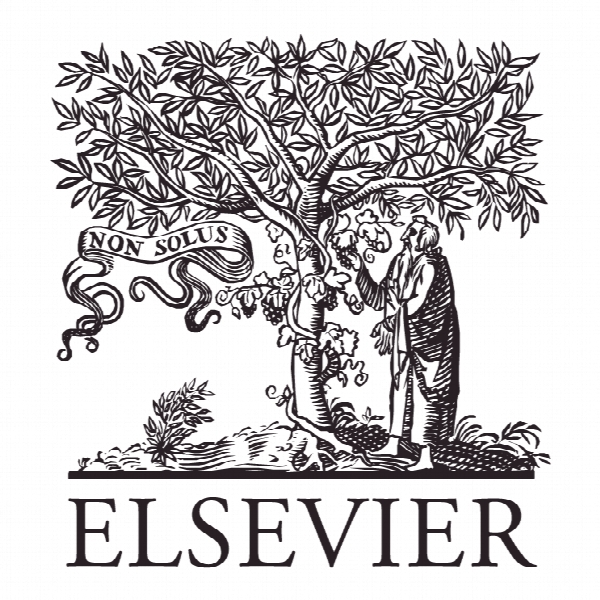ارزیابی چند بعدی شباهت علامت تجاری Multi-faceted assessment of trademark similarity
- نوع فایل : کتاب
- زبان : انگلیسی
- ناشر : Elsevier
- چاپ و سال / کشور: 2018
توضیحات
رشته های مرتبط اقتصاد
گرایش های مرتبط اقتصاد پولی
مجله سیستم های خبره و کاربرد آن – Expert Systems with Applications
دانشگاه School of Engineering – Cardiff University – UK
منتشر شده در نشریه الزویر
کلمات کلیدی ارزیابی علامت تجاری، نقض قوانین علامت تجاری، بازیابی علامت تجاری، درجه تشابه، تجمع فازی، شباهت معنایی، شباهت آوایی، شباهت ویژوال
گرایش های مرتبط اقتصاد پولی
مجله سیستم های خبره و کاربرد آن – Expert Systems with Applications
دانشگاه School of Engineering – Cardiff University – UK
منتشر شده در نشریه الزویر
کلمات کلیدی ارزیابی علامت تجاری، نقض قوانین علامت تجاری، بازیابی علامت تجاری، درجه تشابه، تجمع فازی، شباهت معنایی، شباهت آوایی، شباهت ویژوال
Description
1. Introduction Trademarks are valuable intellectual property (IP) assets that identify the commercial source or origin of products or services. They are visual signs in the form of logos or brand names that allow goods or services to be easily recognized and distinguished by consumers. Similar to other intangible company assets, trademarks can be subject to legal protection. Trademark registration through an IP office provides legal protection for companies and individuals on registered marks in the jurisdiction(s) that the registration office covers. It therefore provides legal certainty and underpins the right of the trademark owner. Trademark infringement is a form of IP crime that may lead to lost revenue, lower profits and additional costs, such as the legal fees necessary to enforce a trademark. In addition, trademark infringement is time-consuming when enforcing rights and, perhaps more importantly, can lead to severe damage of brand reputation. Recent statistics show that trademark infringement has become a serious economic and legal issue. For example, the United States International Trade Commission, as reported by the Chairman of the Joint Economic Committee, stated that the number of investigated infringement cases rose from the year 2010 to 2011 by 23.2%. A total of 3400 trademark infringement cases were filed in the US District Courts in 2012, which excluded a presumably even larger number of cases where settlements were reached prior to the filing of cases (Scott, 2013). Some of the reported cases involve new cybercrime phenomena such as customer hijacking and cybersquatting (Scott, 2013). In another investigation conducted by the US International Trade Commission in 2011, the average annual increase of trademark litigation cases concerning US-based companies from 2002–2011 was 39.8% (US International Trade Commission, 2011). Despite these alarming trademark infringement statistics, the number of newly registered trademarks together with the existing trademarks used in the market continues to grow (Dodell, 2013; Office for Harmonization in the Internal Market [OHIM], 2012). This trend, which has been observed worldwide, has recently created administrative problems for many trademark registration offices as the registration process has become more complex and lengthy.


